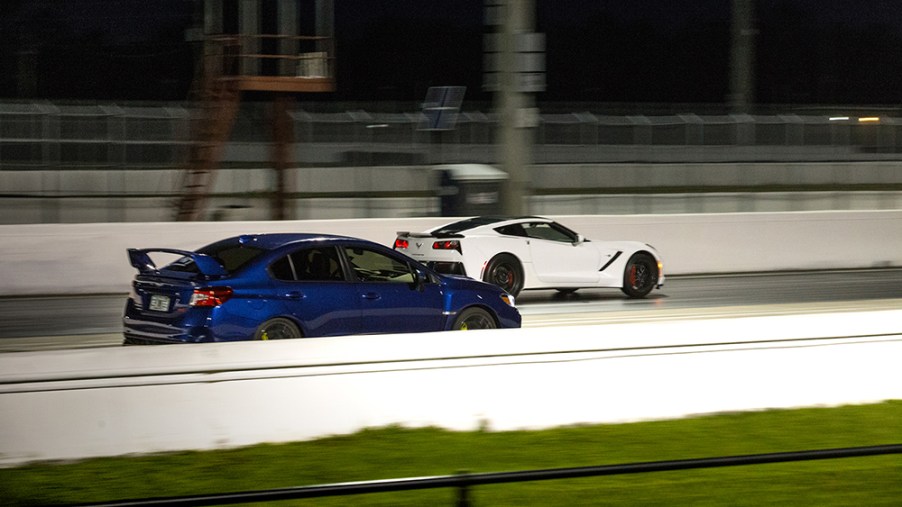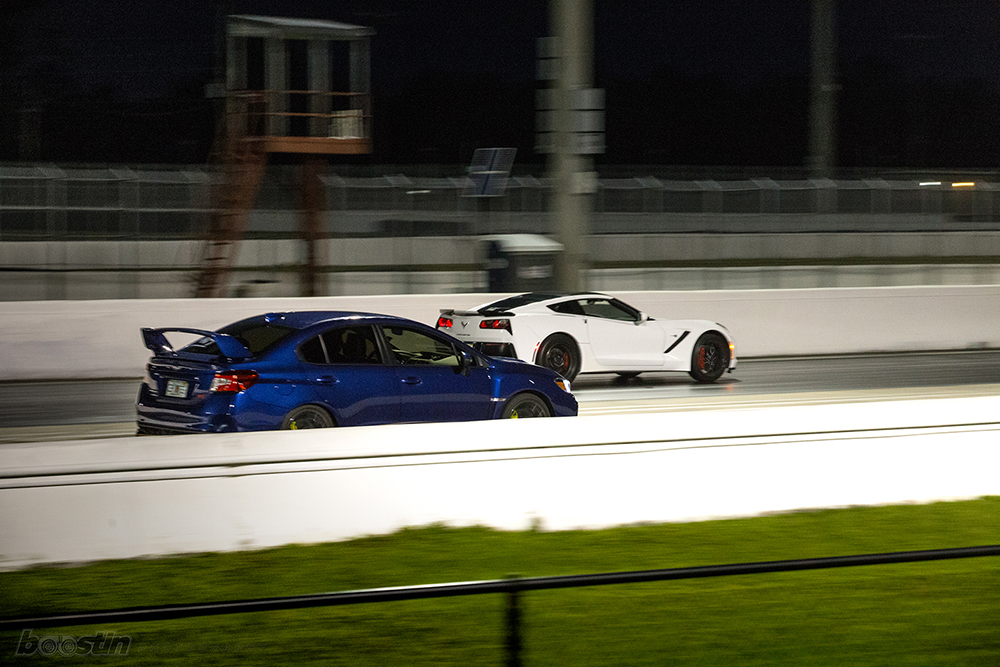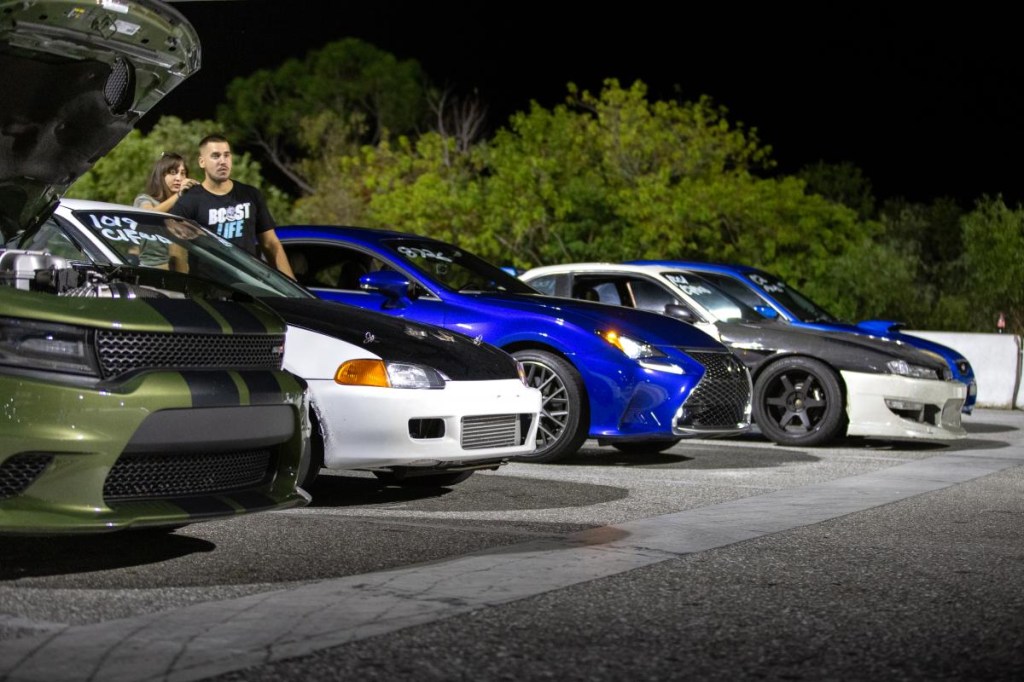
What Is ‘Roll Racing?’
Imagine driving along on the freeway and having a car pull up next to you. It matches your speed and through some type of signal from the other driver – like three honks from their horn – the race is on! You nail the throttle and feel exhilaration and possible regret of scooting your car way past the posted speed limit in an all-out, top-end drag race. Ultimately, the other driver pulls away and you get to soak up your loss or bask in the win that you just achieve against a total stranger.
In a nutshell, that’s what roll racing is. But let’s take a closer look.
What is the point of roll racing?

The point of roll racing is to win, or at least beat the other car to 140 mph, or so. To be more specific, roll racing typically happens when two (or more) cars start the race when driving at 40 mph on a freeway. When one of the cars, usually a passenger, gives a three-count signal to start the race and whichever car leaves the others in the dust wins.
The reason the cars start from a roll — as opposed to a standstill like in drag racing – is so that each car can race at the optimal RPM range for maximum power and torque without having to worry about off-the-line traction, Motor Trend reports. Roll racing started around the same time as drag racing did, however, it didn’t gain popularity until the past few years because many racers (and their passengers) started posting videos of their races online.
As you can imagine, this type of racing is very dangerous and highly illegal. Fortunately, there is a legal way to do it.
Yes, there is an International Roll Racing Association
If you have felt the thrill of roll racing on a freeway and would rather be safer about it, you can. The International Roll Racing Association (IRRA) puts on sanctioned roll race events at different drag strips in the northeastern part of the U.S. During each event, the racers start from a 40-mph roll and then the race ends at the quarter-mile finish line.
There are different classes based on different top speeds that the cars can reach. For example, the “Nippon Power” class is reserved for cars that can hit 119.9 mph or less. While the “Class 1” group is reserved for cars that can compete at over 156 mph. The IRRA has been around since 2017 and is looking to expand to different parts of the U.S. Also, some drag strips hold sanctioned roll races, so be sure to check your local drag strip to find out more.
Roll racing is made for maximum power

While many less-powerful cars can overtake more powerful ones in a drag race as long as they get a good launch, that’s typically not the case in roll racing. Since the car is driven in the upper RPM range for the whole race, roll racing is a true testament to a car’s horsepower range. Although, some driver skill is technically involved.
Either way, roll racing is fun, exhilarating, and very dangerous. So if you plan on doing it, we suggest keeping it on the drag strip.



